Peugeot Inception concept is a dream-car showcase for its good design genes
Long, low, angular and innovative, the Peugeot Inception concept is a futuristic vision of a super saloon from this most design-minded of manufacturers
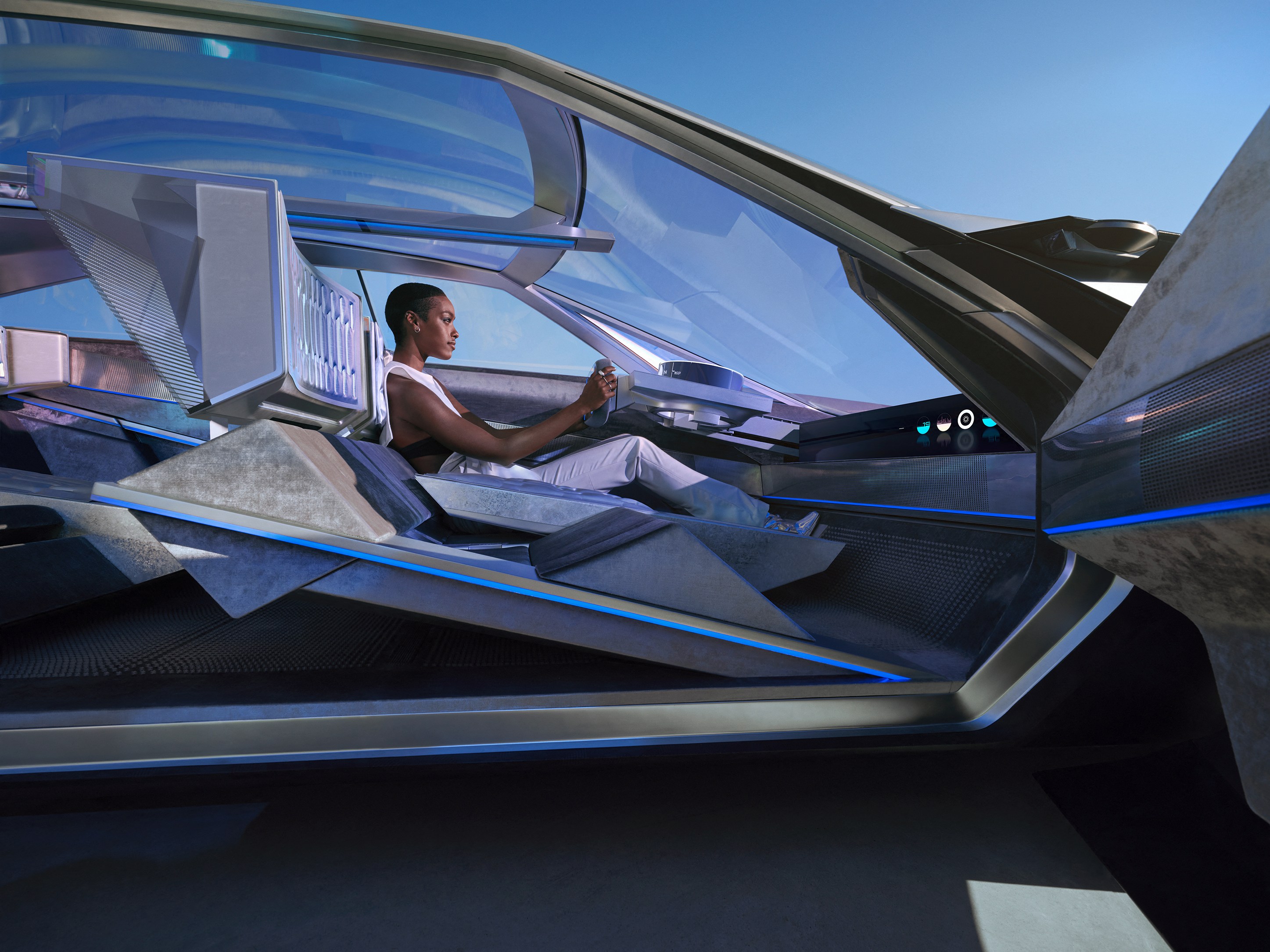
Peugeot has made a bold statement of intent with its new Inception concept. Over the past couple of years we’ve been admiring the French company’s ongoing design renaissance (see reviews of the 2022 Peugeot 308 hybrid and 2018 e-Legend concept), and this latest design vision bundles all its current thinking about what comes next.
Peugeot Inception concept car
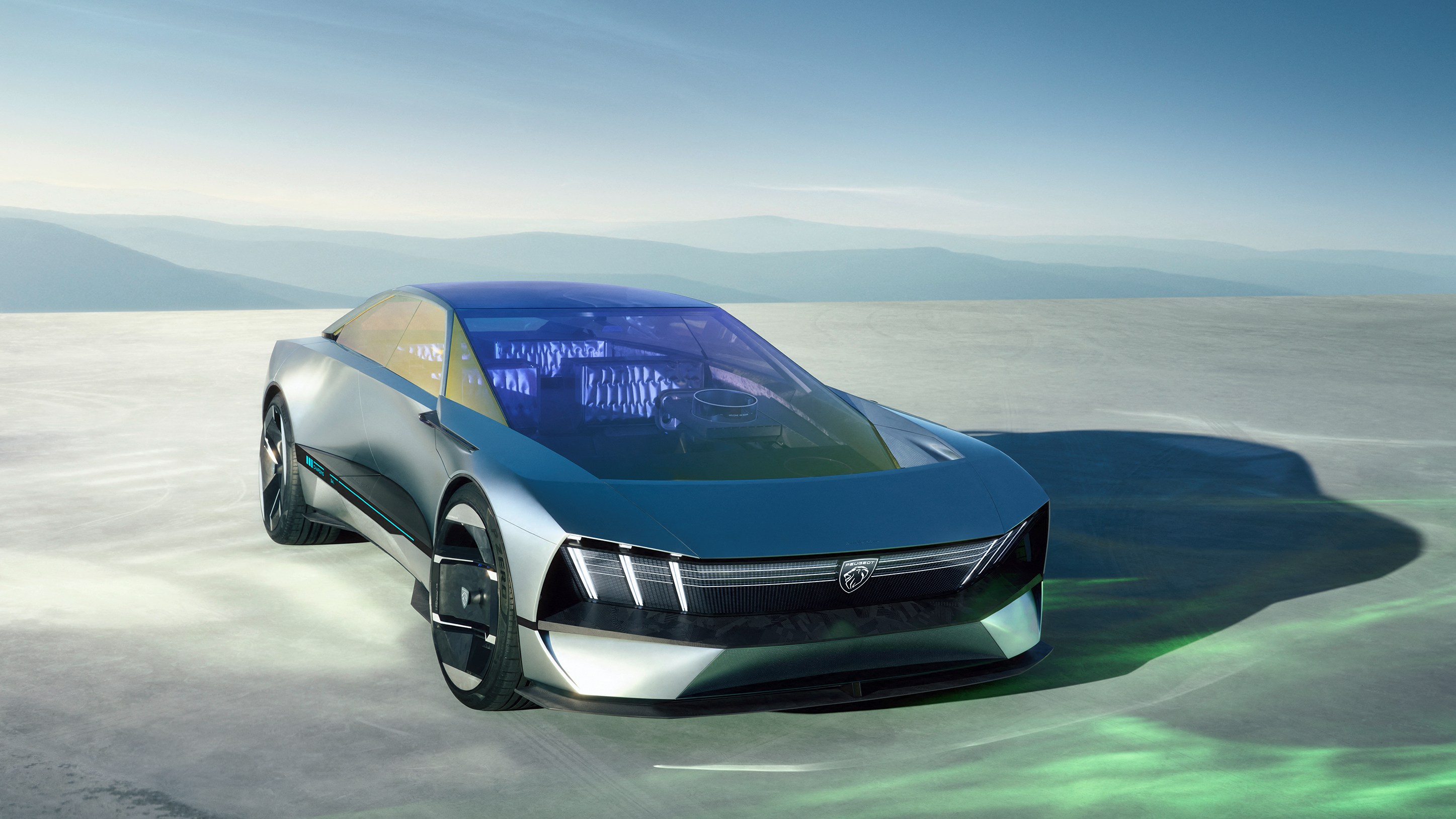
The Peugeot Inception is a concept car in the grand tradition, featuring outlandish forms, razor-edged bodywork and a calorific overload of Gallic charm, as well as some far-fetched and frankly unlikely design ideas.
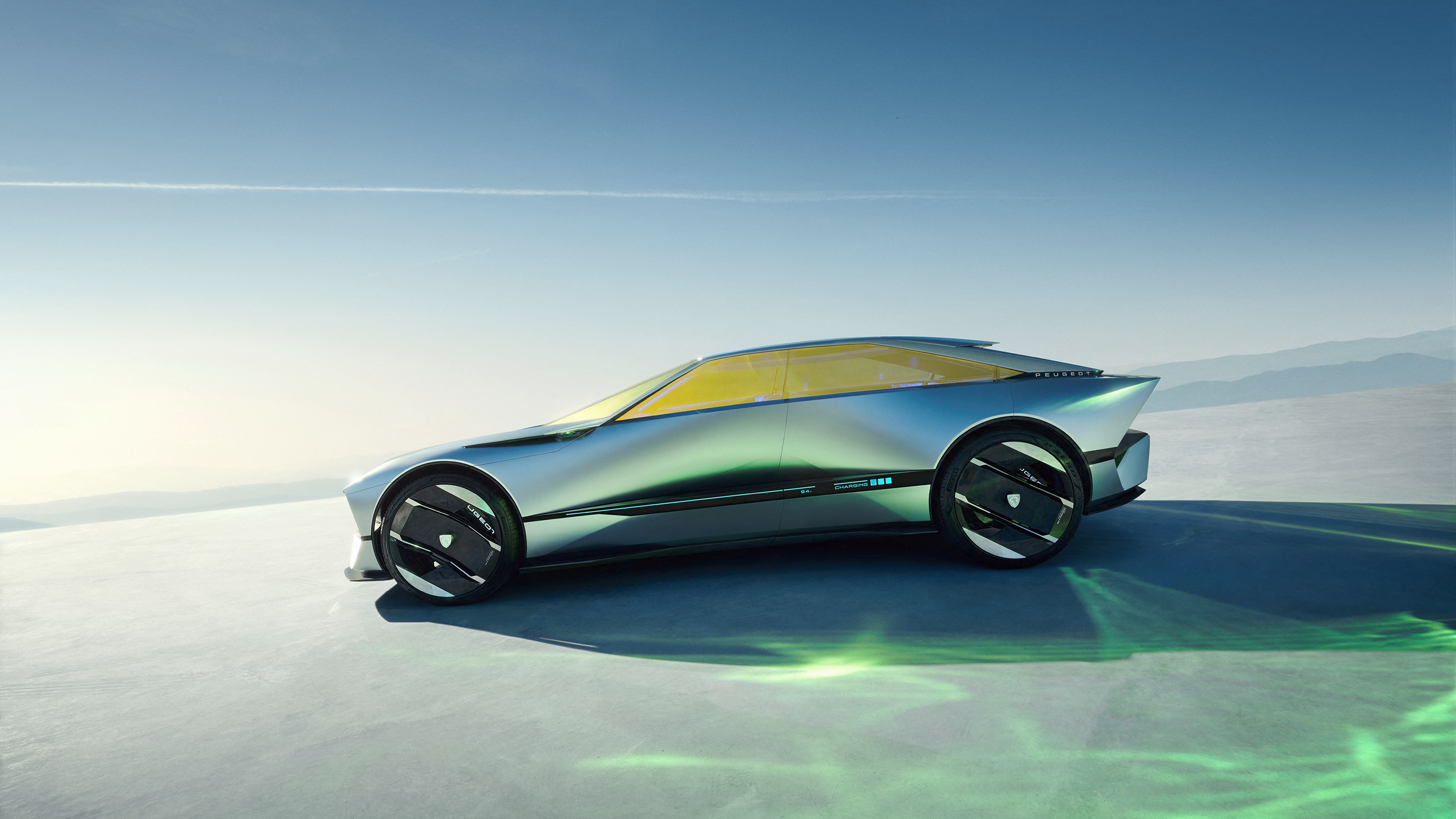
Inception wasn’t just built to signpost future design but also show off Peugeot’s STLA platform, the electric underpinnings that’ll serve as the basis of the company’s larger cars, SUVs and crossovers in the coming years. While the cabin, with its chunky, Mies-meets-Memphis velvet-upholstered chairs and ‘Hypersquare’ control system, looks a little bit out there, we’re hopeful that some of this visual magic will rub off on the next generation of production cars.
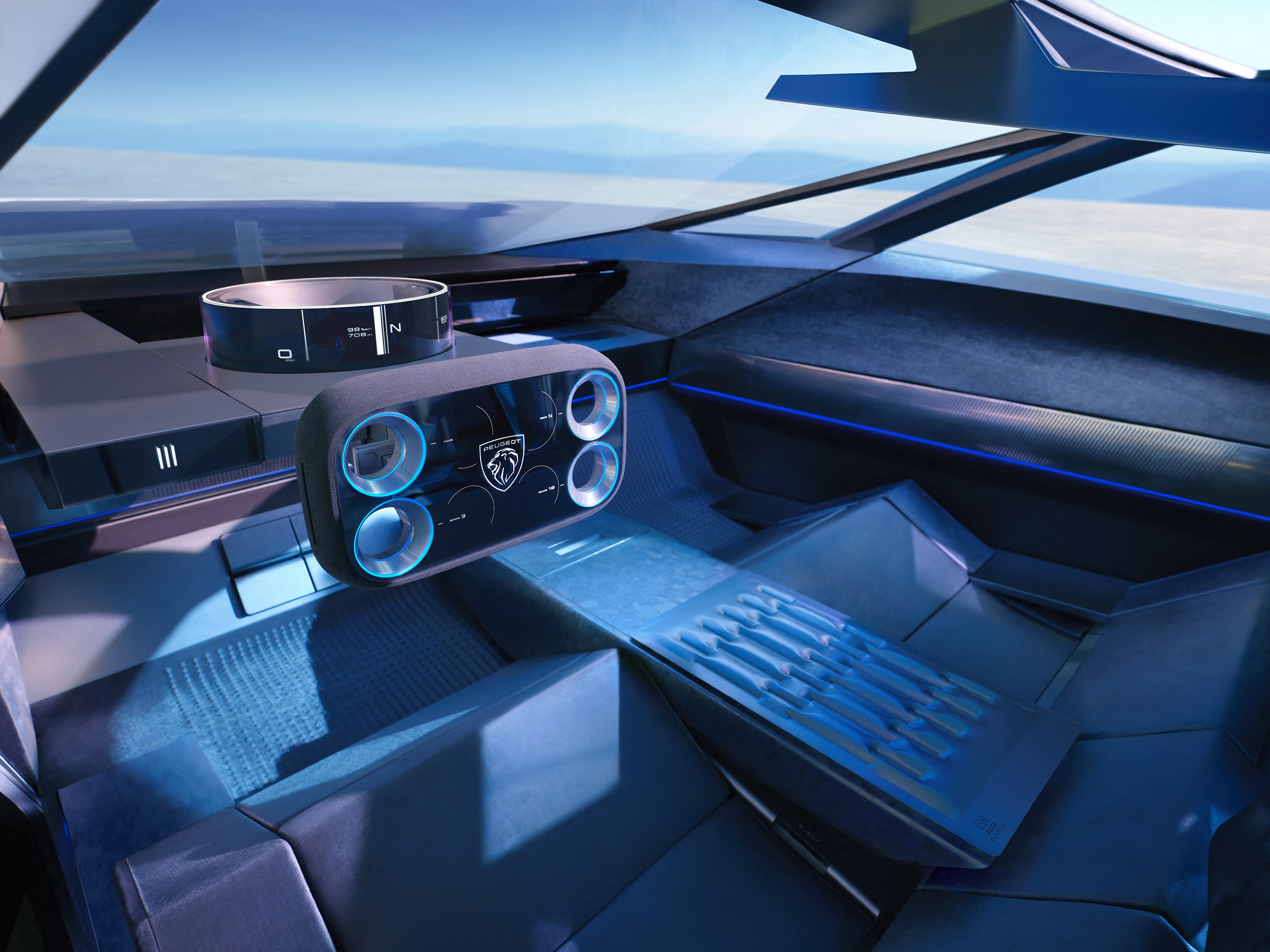
The Inception’s headline figures – which, remember, are hypothetical – are a near-500-mile range, a power output equivalent to around 680 hp and a supercar-bothering 0-62mph sprint of less than 3 seconds. Aside from the range, perhaps the most desirable stat on show is the ability to ‘fill up’ with 93 miles of range in just five minutes, courtesy of an 800V electrical system.
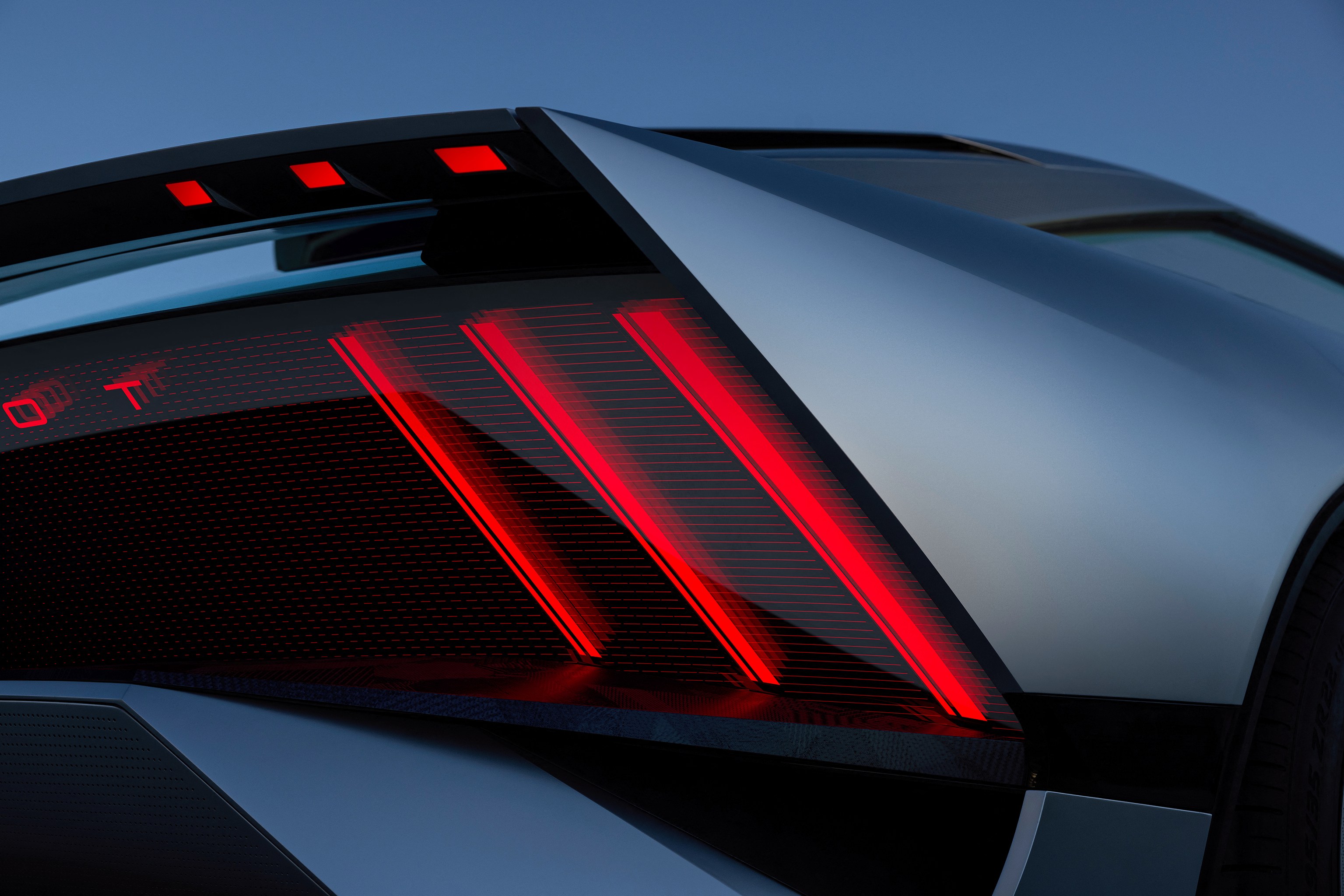
As Peugeot’s CEO Linda Jackson points out, the company’s entire range will be electrified by the end of 2023. ‘We want to make Peugeot the leading electric brand in Europe by 2030.’ A big target, and one that’ll only be achieved with highly desirable products.
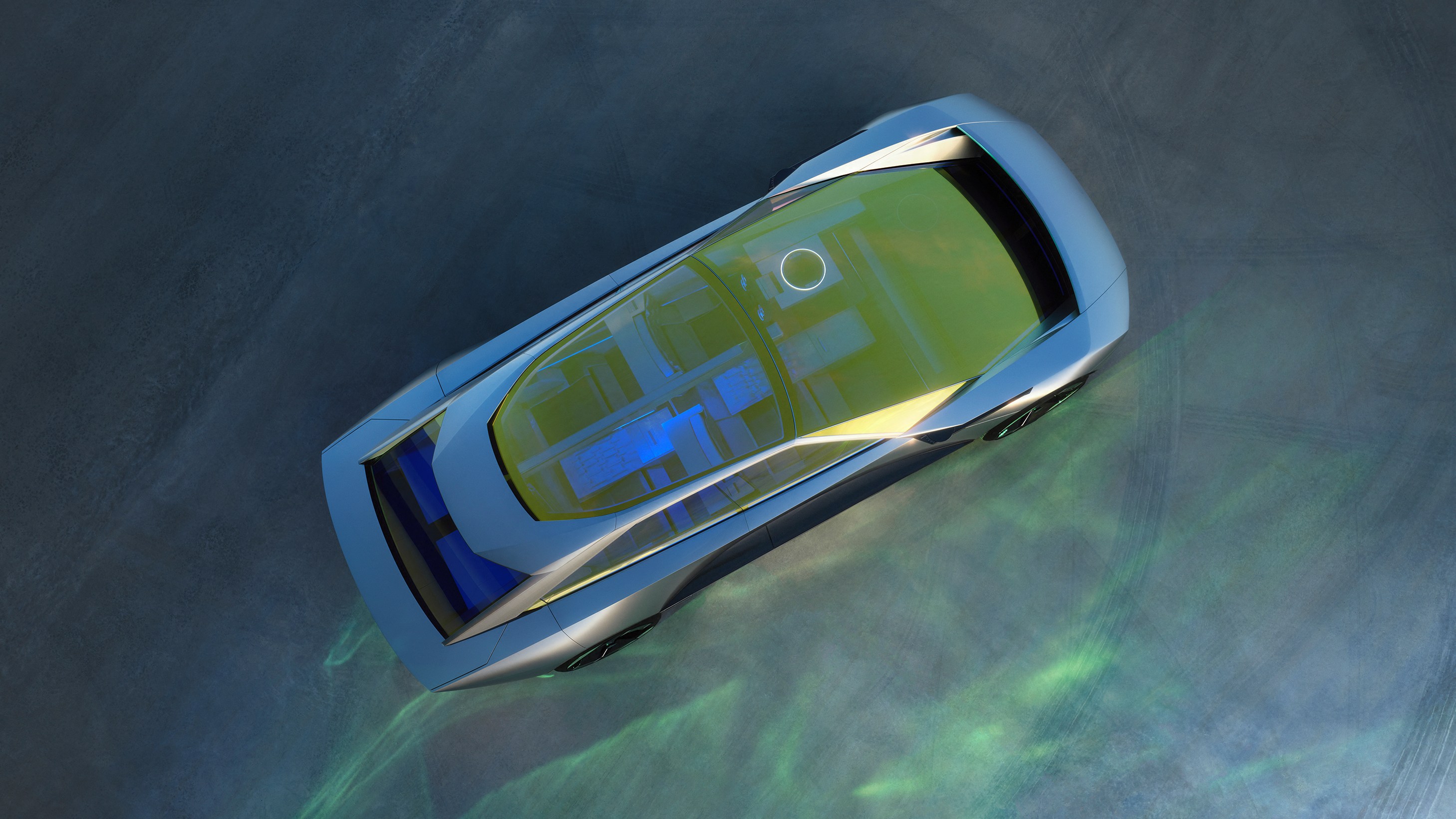
The Inception goes straight for the heart of an upcoming demographic – youthful, digitally native but also design-conscious. For a start, the cockpit architecture is unashamedly inspired by video games. The rectangular wheel – or Hypersquare – has a tablet at its heart, with secondary controls contained within the four circular recesses; the idea is that you can use your thumbs to activate aircon, volume, and so on, without taking your hands off the controls. The company claims that a recognisable evolution of the system will make it to production by the end of the decade.
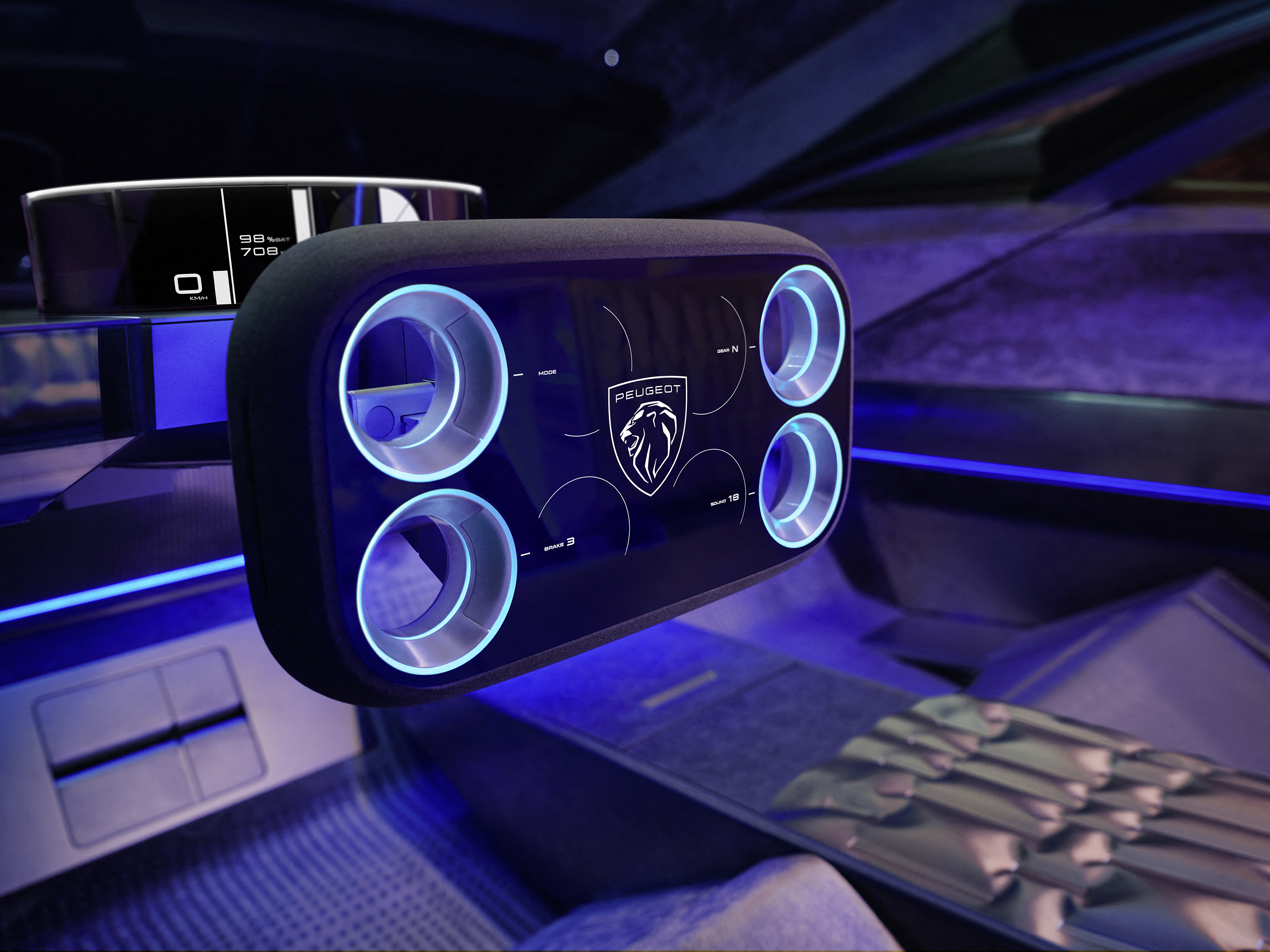
The Hypersquare, which replaces a conventional steering wheel
The cabin architecture itself is remarkably open, thanks to the absence of any dashboard or front bulkhead so there’s an unobstructed view of the road ahead. Lighting is another focus, with the lion logo embedded in a piece of glass and LEDs creating a distinctive brand identity front and rear thanks to the emphasised ‘claw slashes’ of the slender units.
Wallpaper* Newsletter
Receive our daily digest of inspiration, escapism and design stories from around the world direct to your inbox.
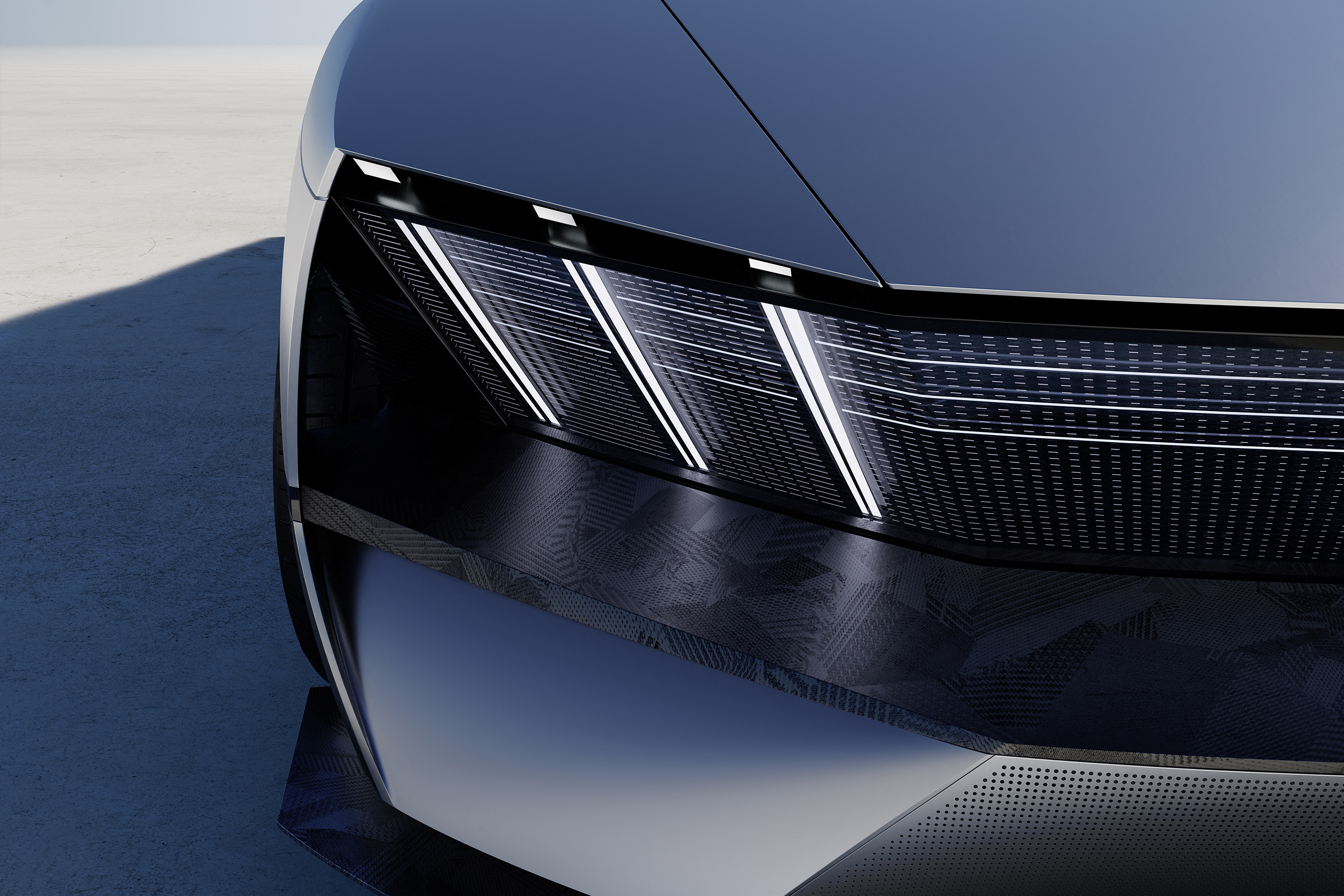
The Hypersquare retracts into the dash in full autonomous mode, with additional entertainment screens on hand to transform the interior still further. The passenger compartment itself has over seven square metres of architectural glass, specially designed to insulate and filter light. The interior also includes great swathes of recycled material, much of which came from Peugeot’s own design centre and regular suppliers.
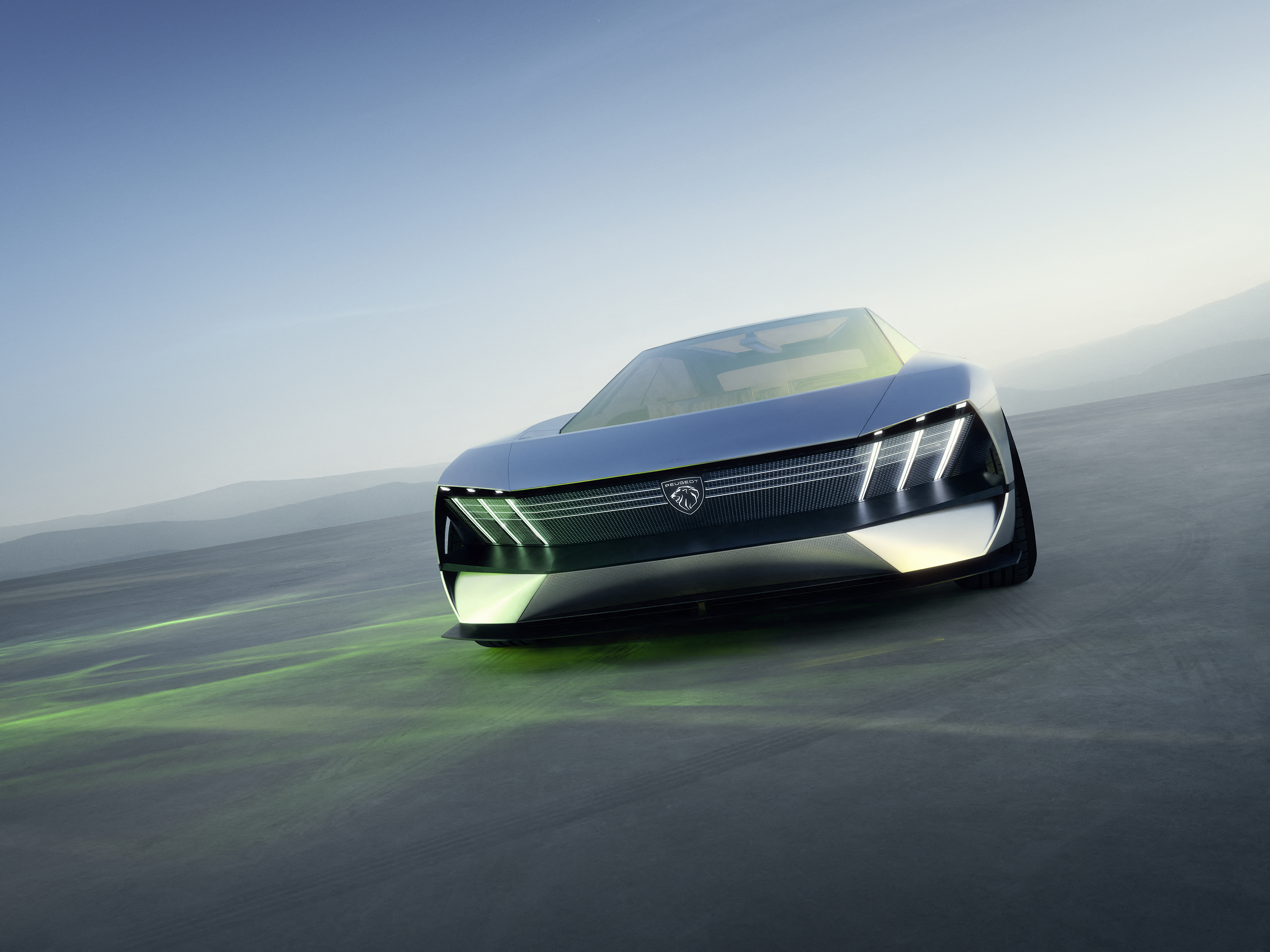
As part of Stellantis, Peugeot will benefit from the shared wisdom of the big corp’s massive tech department, with new AI modules like STLA Brain, STLA SmartCockpit and STLA AutoDrive that’ll be embedded into cars to facilitate the autonomous future that is still tantalisingly close but oh-so far away.
As a result, you shouldn’t expect to see any of the Inception’s aesthetic fall-out before 2025 at the earliest. You’ll just have to dream.
Jonathan Bell has written for Wallpaper* magazine since 1999, covering everything from architecture and transport design to books, tech and graphic design. He is now the magazine’s Transport and Technology Editor. Jonathan has written and edited 15 books, including Concept Car Design, 21st Century House, and The New Modern House. He is also the host of Wallpaper’s first podcast.
-
 Japan in Milan! See the highlights of Japanese design at Milan Design Week 2025
Japan in Milan! See the highlights of Japanese design at Milan Design Week 2025At Milan Design Week 2025 Japanese craftsmanship was a front runner with an array of projects in the spotlight. Here are some of our highlights
By Danielle Demetriou
-
 Tour the best contemporary tea houses around the world
Tour the best contemporary tea houses around the worldCelebrate the world’s most unique tea houses, from Melbourne to Stockholm, with a new book by Wallpaper’s Léa Teuscher
By Léa Teuscher
-
 ‘Humour is foundational’: artist Ella Kruglyanskaya on painting as a ‘highly questionable’ pursuit
‘Humour is foundational’: artist Ella Kruglyanskaya on painting as a ‘highly questionable’ pursuitElla Kruglyanskaya’s exhibition, ‘Shadows’ at Thomas Dane Gallery, is the first in a series of three this year, with openings in Basel and New York to follow
By Hannah Silver